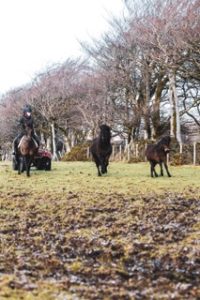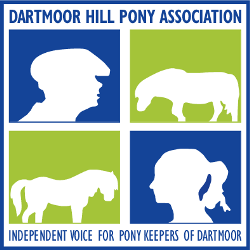One of the Wild farming skills that has been a part of the culture and history of both man and ponies, for at least the last 4000 years.
Join the pony keepers and witness the annual herding of the semi-wild ponies on Dartmoor! Watching the commoners (pony keepers) demonstrate their skills, to round up the semi-wild Dartmoor Hill Ponies and bring them in for the annual health check, some of the ponies to be sold at the annual Pony Drift Sale, held annually on the second Thursday in October as it has been for hundreds of years. Some ponies are returned to the commons as breeding stock, living wild and free on Dartmoor to ensure their natural behaviours and characteristics are preserved in future generations and - safeguarding their rare genetics for survival.
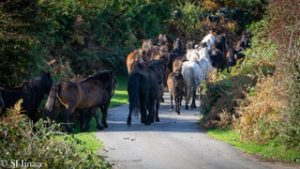

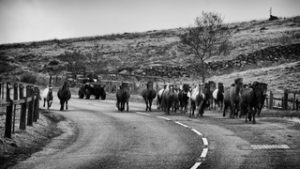
The special day is planned to give a guided insight into the experience of how the ponies are gathered off the commons, a chance to see the pony keepers in action showing the skills handed down through the centuries and the inherent knowledge passed on through the generations of the semi-wild pony herds.
“Man and beast working together for the benefit of Dartmoor’s biodiversity”.
Although, the Dartmoor Hill Pony Association and Friends of the Dartmoor Hill Pony have spent a lot of time over a number of years explaining to Defra, NE, and anyone with influence, that the design of past agri-environment schemes has had a massive negative impact on the genetically rare Native Semi-wild Dartmoor Hill Ponies. The greatest threat to the future existence of England’s last Native Semi-wild equine Population is the design of Defra’s agricultural/environmental schemes.
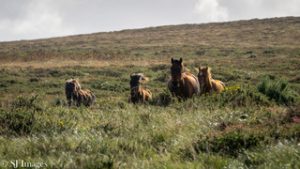
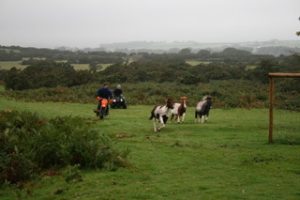
So, like the Dodo, they will become extinct and we won't get them back once they are gone, because they cannot just be replaced as the Dartmoor hill ponies have inherent knowledge complemented by their rare genetic makeup, which enables them to survive on Dartmoor and makes them a perfect example for recognition “the right animal for the right place.” There is archaeological evidence, that ponies have been that animal alongside cattle and sheep for at least 4000 years.
New evidence which could show the ancestors of these ponies roamed with Dinosaurs is currently being done on a pony bone found in Kents Cavern, just on the edge of Dartmoor, which is about 50,000 years old, to see if that pony roaming Dartmoor all that time ago is related to the Dartmoor hill pony seen on Dartmoor today, apparently, it was silver in colour! Ponies have been living on and around Dartmoor for a very long time.
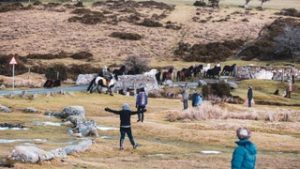
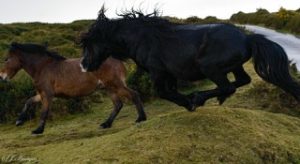
So, you will see firsthand, The Native Semi-wild Dartmoor Hill Pony herds who are not only known to be genetically rare and important to the equine species worldwide. (It has just become the first semi-wild pony population to be added to the Rare Breed Survival Trust Watchlist and has been recognised by the British Breed Survival Trust since 2021.) showing their ancient partnership with their owners the pony keepers in a partnership for survival on the commons all year around.
Charlotte Faulkner, chair of Friends of the Dartmoor Hill PONY and the Dartmoor Hill Pony Association, and Joss Hibbs secretary of the DARTMOOR HILL PONY ASSOCIATION, are both named as co-authors for the part they have played in peer-reviewed and now published studies in both Science and Nature Journals. “We are delighted Evidence is building to support the Dartmoor Hill Ponies rare credentials.”
Our ancestors’ knowledge about grazing and the animals best suited to achieve wild farming has been passed on through the generations by word of mouth, without realising that their management of the pony herds was preserving so much for the benefit of Dartmoor.
